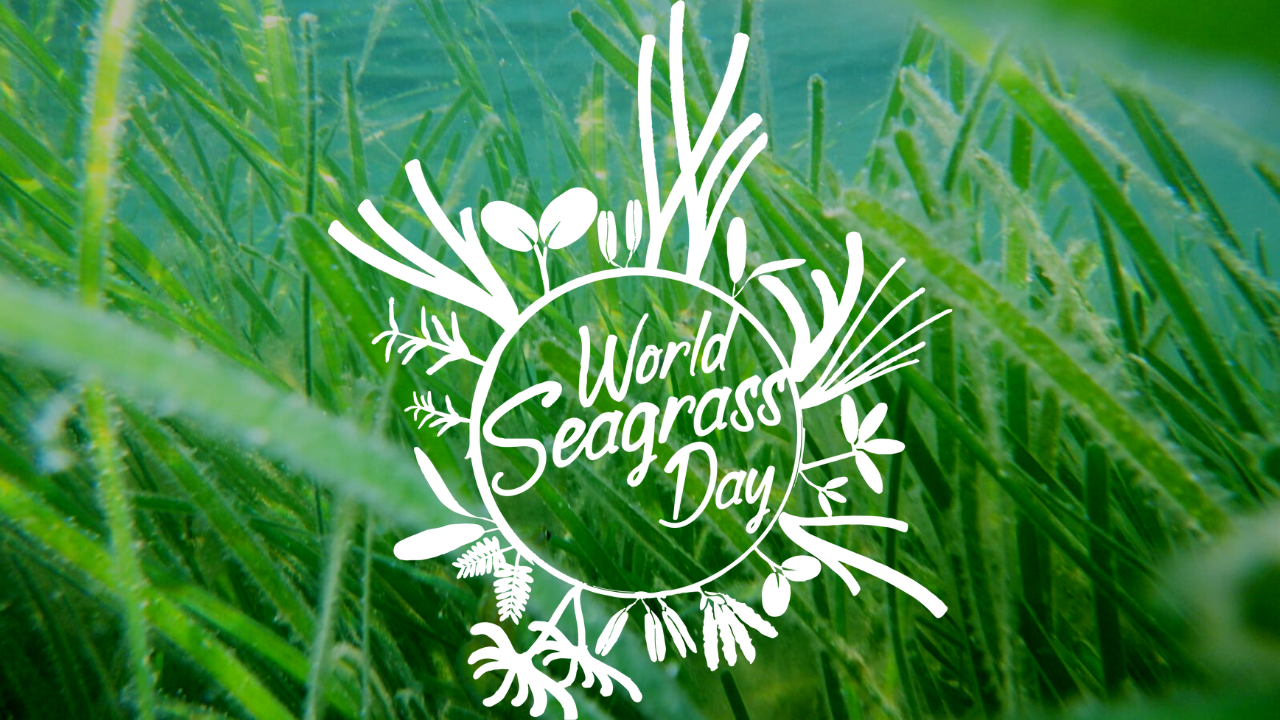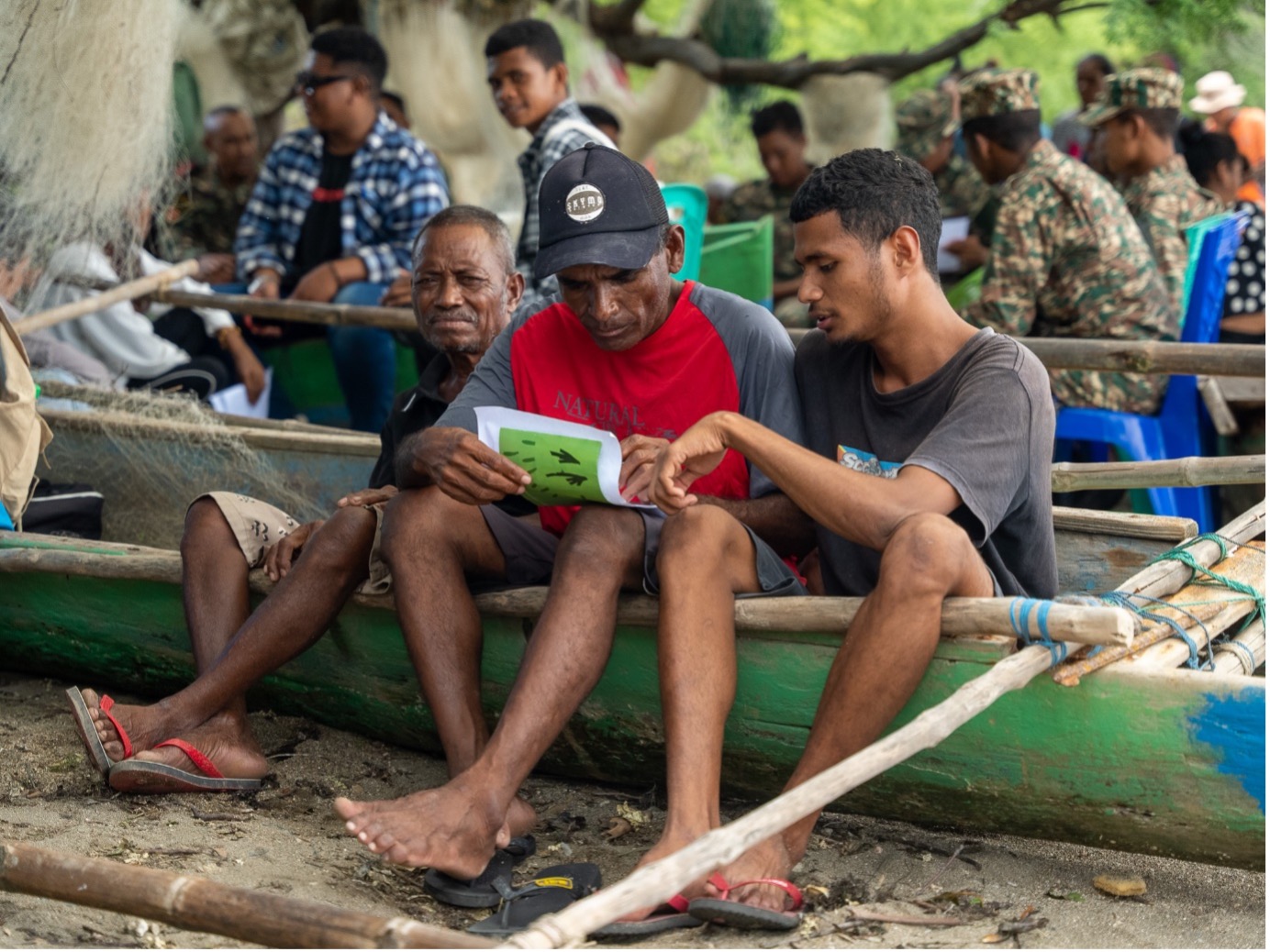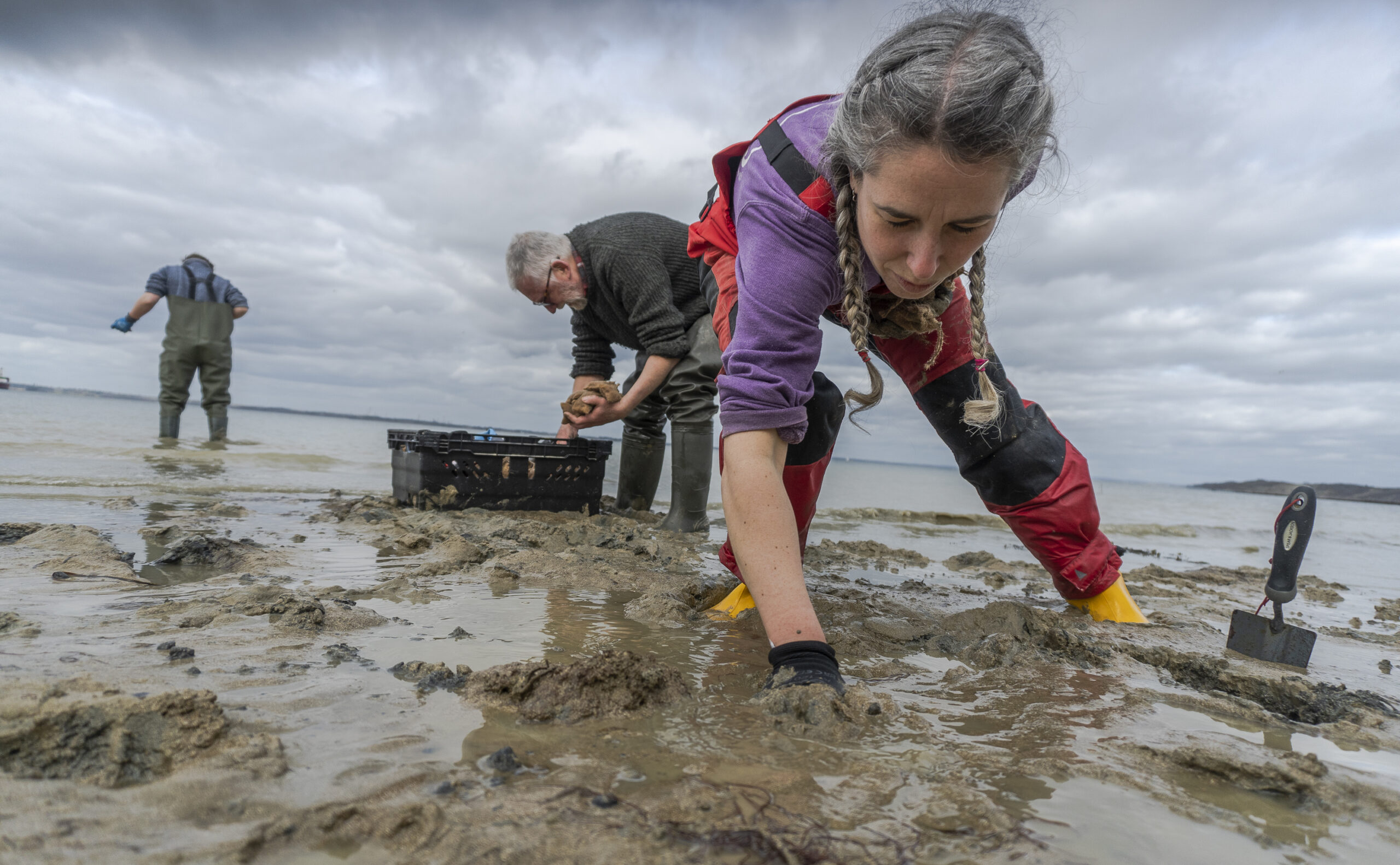Storm Garry
March 1st marked an important date in seagrass history as globally we celebrated the very first World Seagrass Day, formally recognised by the United Nations! This day will continue to annually raise awareness of the importance of healthy seagrass meadows.

Seagrass is the only marine flowering plant in our ocean, creating vital marine habitats (known as seagrass meadows) within shallow, sheltered coastal areas. Seagrass meadows have many ecosystem services: they serve as a habitat, nursery ground and feeding area for thousands of marine animals. They also produce oxygen, improve water quality, buffer ocean acidification, reduce coastal erosion and lock carbon within their sediments. However, seagrasses are threatened globally and this is often due to anthropogenic threats such as industrial and agricultural pollution and coastal development. In order to protect these meadows, we must spread awareness of the ecosystem services seagrass holds. By conserving and restoring seagrass we can contribute to achieving 16 of the 17 Sustainable Development Goals, set by the United Nations.
Here at Project Seagrass, we kicked off World Seagrass Day with a live international panel, where we took ‘a deep dive into the global challenges of seagrass conservation’. Within this webinar panelists discussed the challenges seagrass meadows are facing and how we can overcome them which built on our 2018 research article with the same name. Our international panel was followed by a LinkedIn Live alongside our partners at CGI UK, where we celebrated the release of a new open-source algorithm which will aid the mitigation of climate change and map biodiversity, by locating and quantifying seagrass meadows using satellite imagery.
On the other side of the digital sphere, our Chief Conservation Officer (CCO) Benjamin Jones made an online appearance as President of the World Seagrass Association, speaking at a national event in Sri Lanka, hosted by the Ministry of Environment. This was hugely significant for Sri Lanka, since they set the ball rolling by tabling the resolution that led to the adoption of an official UN World Seagrass Day.
Project Seagrass also participated in activities alongside our “Seagrass Ecosystem Services Project” partners Blue Ventures. The team at Blue Ventures and Husikonservasaun, celebrated with a beach clean, community events, seagrass talks and locally managed marine area (LMMA) talks in Hera, Timor Leste.

Credit: Blue Ventures and Husikonservasaun
The month of March is also considered Seagrass Awareness Month, the roots for which lie in Florida, USA, where organisations like the Fish and Wildlife Foundation of Florida use the month to celebrate seagrass and raise awareness about the significance of seagrass for the Florida’s waterways and wildlife. Throughout Seagrass Awareness Month, our Seagrass Ecosystem Service Project partners were busy conducting further Baited Remote Underwater Video (BRUV) and seagrass assessments. Blue Ventures, Timor Leste, Save Andaman Network, Thailand and Yapeka, Indonesia are using these assessments to identify key areas of seagrass for fisheries and monitor seagrass health. In addition, a new phase of our Seagrass Ocean Rescue project began in Wales, England and Scotland, UK, with over 300,000 seeds that we harvested last summer, leaving our seed storage unit to be planted. In Wales, this project will continue until the end of 2026, with an aim to have planted seagrass across 10 hectares of the seabed. This project builds on the support of the local community in Pen Llyn, Wales. Furthermore, we have also teamed up with WWF Cymru with a petition to call upon the Welsh Government and express the urgency to support the restoration seagrass meadows.

Credit: Theo Vickers
The first UN designated World Seagrass Day gave seagrass the recognition it deserves, being celebrated across the world. In recent years there have been many advancements in seagrass knowledge, however there is still a long way to go for seagrass. By continuing to raise awareness and better understanding these incredible marine plants, we can protect these vital ecosystems.
Find out more about what we do our website: www.projectseagrass.org
For more information on the UN’s Sustainable Development Goals: https://sdgs.un.org/goals

